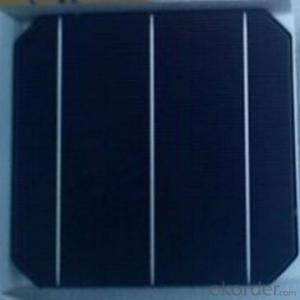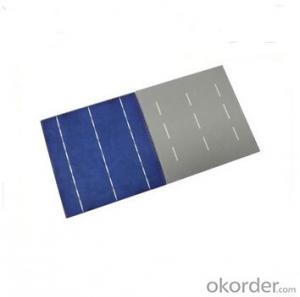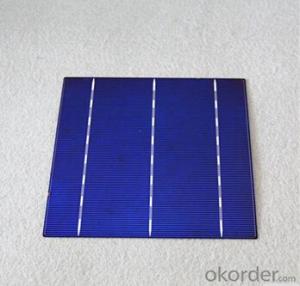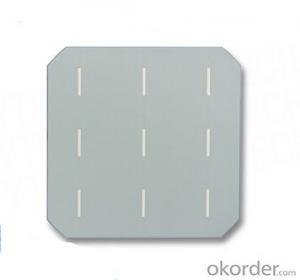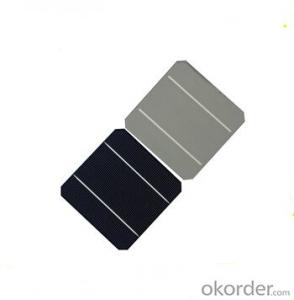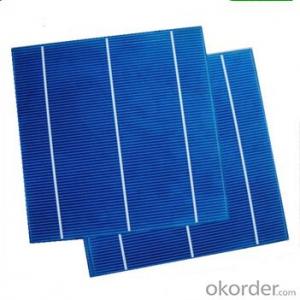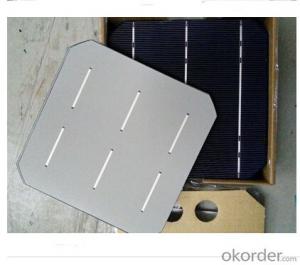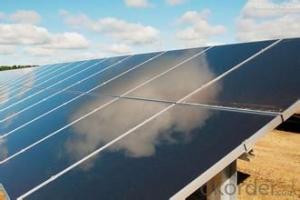Everbright Solar Cells
Everbright Solar Cells Related Searches
Except For Solar Cells Weegy Problems With Solar Cells High Power Solar Cells Light Trapping In Solar Cells High Performance Solar Cells High Output Solar Cells High Wattage Solar Cells Energy Transfer In Solar Cells High Efficiency Hvac Systems Recombination In Solar CellsHot Searches
Cheap Solar Cells For Sale Flexible Solar Cells For Sale Q Cells Solar Panels For Sale Printed Solar Cells For Sale Bulk Solar Cells For Sale 6x6 Solar Cells For Sale Broken Solar Cells For Sale Cpv Solar Cells For Sale Photoelectric Cells For Sale Price Of Silicon Solar Cells Price Of Solar Cells Over Time Buy Solar Cells From China Cheap Solar Cells China Best Type Of Solar Cells Flexible Solar Cells Price Q Cells Solar Panels Price 3 Types Of Solar Cells Production Of Solar Cells Common Types Of Solar Cells Q Cells Solar Panel PricesEverbright Solar Cells Supplier & Manufacturer from China
Okorder.com is a professional Everbright Solar Cells supplier & manufacturer, offers integrated one-stop services including real-time quoting and online cargo tracking. We are funded by CNBM Group, a Fortune 500 enterprise and the largest Everbright Solar Cells firm in China.Hot Products
FAQ
- Solar cells have a significant impact on national energy policies as they promote the diversification and decentralization of energy sources. By harnessing the power of the sun, solar cells contribute to the development of renewable energy and reduce reliance on fossil fuels. This, in turn, helps countries achieve their energy security goals, mitigate climate change, and enhance sustainability. Governments often incentivize the adoption of solar cells through policy measures such as feed-in tariffs, tax credits, and research funding, which further drive the growth of solar energy and shape national energy policies.
- Yes, solar cells can be used for wireless communication devices. Solar cells convert sunlight into electrical energy, which can power various devices including wireless communication devices such as smartphones, tablets, or even Wi-Fi routers. This enables the devices to operate without relying on traditional power sources, making them more flexible and sustainable.
- Yes, solar cells can be used to power communication networks. Solar cells convert sunlight into electricity, providing a sustainable and renewable energy source. This makes them ideal for powering remote communication networks, such as those in rural or off-grid areas, where access to traditional power sources may be limited. Additionally, solar-powered communication networks can reduce carbon emissions and dependency on fossil fuels, contributing to a more environmentally friendly solution.
- Yes, solar cells are affected by shade. When solar cells are partially shaded, it reduces their efficiency and overall power output. Shading can create hotspots on the shaded cells, causing them to generate less electricity and potentially damage the cells. Therefore, it is important to ensure that solar panels are installed in areas with minimal shade to maximize their performance.
- Solar cells are less efficient in cloudy or overcast conditions compared to sunny days. The amount of sunlight reaching the cells is reduced, which reduces their ability to generate electricity. However, modern solar cell technology has improved to some extent, allowing them to still produce a certain amount of power even in cloudy conditions.
- Yes, solar cells can be used for powering desalination plants. Solar energy can be converted into electricity through solar cells, which can then be used to power the various processes involved in desalination, such as pumping water, filtering, and removing salt. This renewable energy source offers a sustainable and environmentally friendly solution for powering desalination plants, reducing the reliance on fossil fuels and minimizing carbon emissions.
- Yes, solar cells can definitely be used in desert environments. In fact, solar energy is particularly well-suited for such locations due to the high levels of solar radiation and clear skies typically found in deserts. The arid climate and ample sunlight make desert regions ideal for harnessing solar power, allowing solar cells to generate a significant amount of electricity.
- How is the solar cells factories working in China? Do they follow certain quality standards?
- The solar cells factories in China is actually working very well. Because of the low cost and good quality, they are exporting a lot of solar cell product to overseas.



















